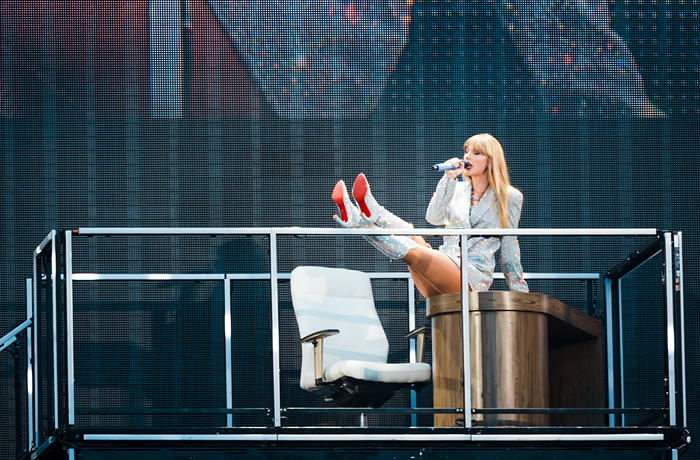
We need to give The Greatest American Hero some more thought. The comedy-drama, which appeared on ABC in the early '80s, concerned a public school teacher, Ralph Hinkley (the surname was changed to Hanley after John Hinckley attempted to assassinate Ronald Reagan on March 30, 1981—blame for this crime was not placed on politics but on madness, on the would-be assassin's erotomania for a movie actress, namely Jodie Foster). One day, Ralph encounters aliens who, in an effort to save humankind, give him a suit that has the power to transform him from an ordinary schoolteacher (he works with students with special needs) into a superhero. All of this would have worked out fine if Ralph had not lost the instruction manual for the suit, which is red and comes in a black box. As a consequence, he has to learn how it works the hard way—he flies badly, he falls out of the sky suddenly, he flies into brick walls constantly. The amazing things that the suit can make him do (become invisible, for example) are discovered by accident. Ralph is never one with the product provided by the aliens.
What this comedy-drama expressed, in its odd way, was an anxiety about the massive and rapid economic transformation that began in the '70s, a transformation that closed the socially stable industrial society, which in the 20th century had itself replaced agricultural society, and pointed in the direction of the precarious no-service society. Between these points, industrial and no-service, emerged the service society, whose jobs often paid less than the factory ones that capitalists relocated to countries with a surplus of cheap labor. But almost as soon as the service economy emerged, it too came under heavy attack. What the owners of capital wanted was for the service sector (the third sector) to go the way of the industrial sector (the second sector—the first is agriculture). Those who found work between production and consumption still, despite being cheap and precarious, took an unacceptable bite out of profits. The ideal situation was for products to meet consumers directly. Also ideal, as it cut costs at the factories abroad, was for consumers to became more and more responsible for assembling products they bought. This is the point of the anxiety/comedy in The Greatest American Hero. It is a show about the uncertain future of no-service—the final sector on its horizon.
The most advanced technology of today's growing no-service society first appeared at the beginning of the previous decade. It is the self-checkout machine. And what makes this machine more developed than, say, the ATM is that it not only removes a job from the books but it adds one that costs the owners of capital nothing—the consumer does the work for free. In this sense, self-checkout is the marriage of the model that defines Ikea (the company that most corresponds with the aliens in The Greatest American Hero—the suit in the box comes with an instruction manual) with the ATM. In the way the owners of capital transferred parts of the assembly line from the factory to the living room, the self-checkout machine transfers some of the jobs in the supermarket from workers to buyers.



















